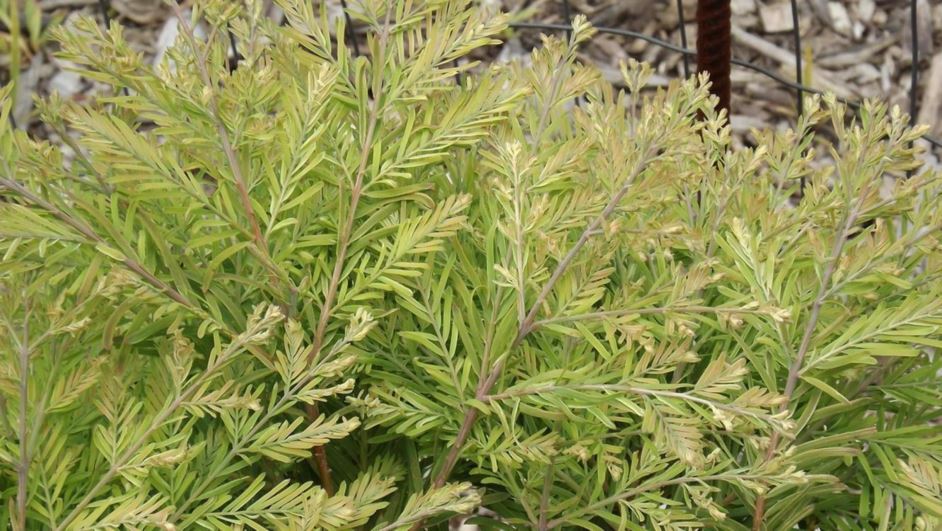

Major geological events are discussed in this article with an emphasis on their impacts on dominant elements of evergreen broad-leaved forests, as well as on relict and endemic elements of Chinese flora. Geological events are one of the critical factors that are responsible for the formation and development of regional flora. The Beringian region has permitted the filtering and migration of certain plant taxa since the Pliocene after the opening of the Bering Strait, as many conspecific taxa or closely related species occur on both sides of Beringia. The many cases of intercontinental biogeographic disjunctions between eastern Asia and western North America in plants supported by recent phylogenetic analyses highlight the importance of the Bering land bridge and/or the plant migrations across the Beringian region from the late Cretaceous to the late Neogene, especially during the Miocene. In flowering plants, the pattern is commonly shown in temperate elements between northeastern Asia and northwestern North America, as well as elements of the relict boreotropical and Neogene mesophytic and coniferous floras. Several lineages of ferns also show a recent disjunct pattern in the two areas. Of the eastern Asian–North American disjuncts, conifers exhibit a high proportion of disjuncts between eastern Asia and western North America. This review shows a close biogeographic connection between eastern Asia and western North America from the late Cretaceous to the late Neogene in major lineages of vascular plants (flowering plants, gymnosperms, ferns and lycophytes).

Therefore, physiological factors especially the drought-intolerant nature of the extant species (Xie et al., 1999a,b You, 2008 Zhang, 2011) is an important factor that may have mainly caused the disappearance of Metasequoia as well as other conifers such as Cedrus (Su et al., 2013b) and Sequoia (Zhang et al., 2015) in Southwest China, a region that is characterized by the intensification of the monsoon climate, which means that most precipitation concentrated in summer, which lead to the extreme drought during winter and the early spring since the Miocene. Jagels and Equiza (2007) suggested that the ecological requirement of soil with a high moisture content for seedling establishment may have restricted Metasequoia to disturbed riparian zones in the geological past.

Cones ripen in early December and release their seeds in the late December and early January, followed by seed germination in April (information from Shen-Hou Fan, the former director of Lichuan Native Metasequoia Management Office). We suggest, therefore, that in North America Taxodium preempted the sites that could have been occupied by Metasequoia, eventually leading to its extirpation. But at the lower latitudes of the US Southeast, the photosynthetic system of Taxodium has the competitive edge. We previously showed that Metasequoia has the superior photosynthetic system for adapting to the weak, continuous light of the high latitudes. However, Taxodium, a genus not found in Asia, has the same specialized seedling establishment requirements as Metasequoia. The river systems of the western United States could have provided migratory routes for Metasequoia to the Southeast as climate cooled and land masses rose. We present the case that the ecological requirement of moist bare soil for seedling establishment constrains Metasequoia to regularly disturbed riparian zones. Metasequoia has completely disappeared in North America. Fossils from the Holocene are missing on both continents, yet Metasequoia survived, presumably in wet-site refugia along the Yangtze River, and survives today as relic populations in central China. In North America this genus survived at least through the Pliocene, and in Asia through the early Pleistocene. Fossils of Metasequoia, beginning in the Cretaceous Period, have been found throughout the Northern Hemisphere.


 0 kommentar(er)
0 kommentar(er)
